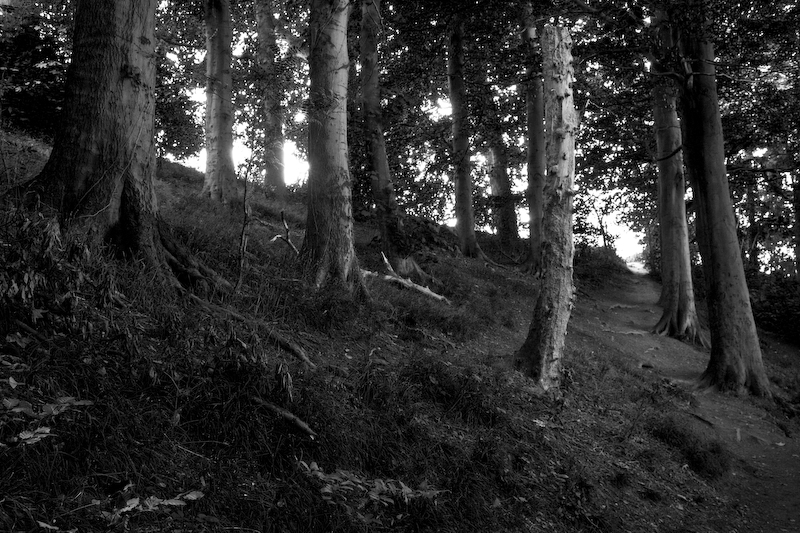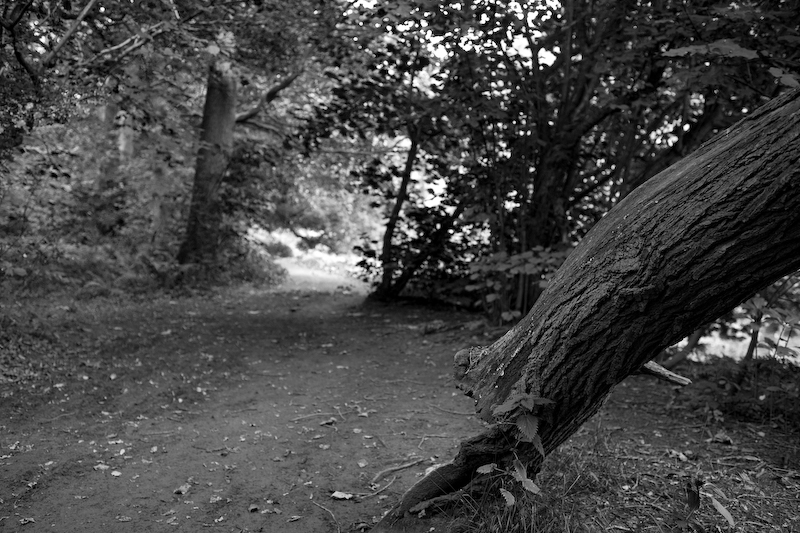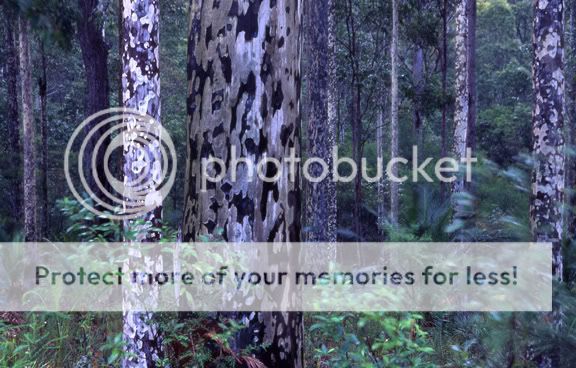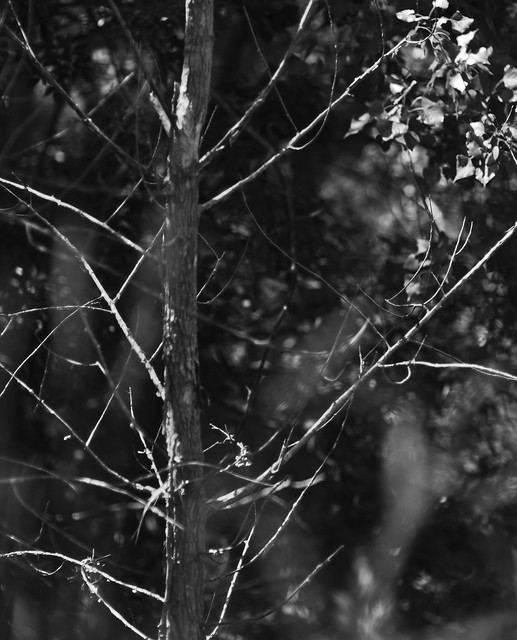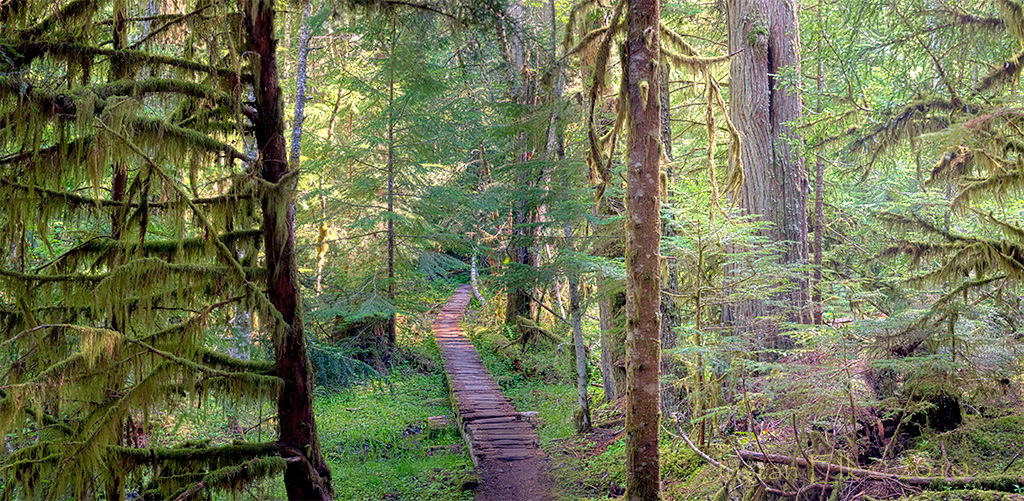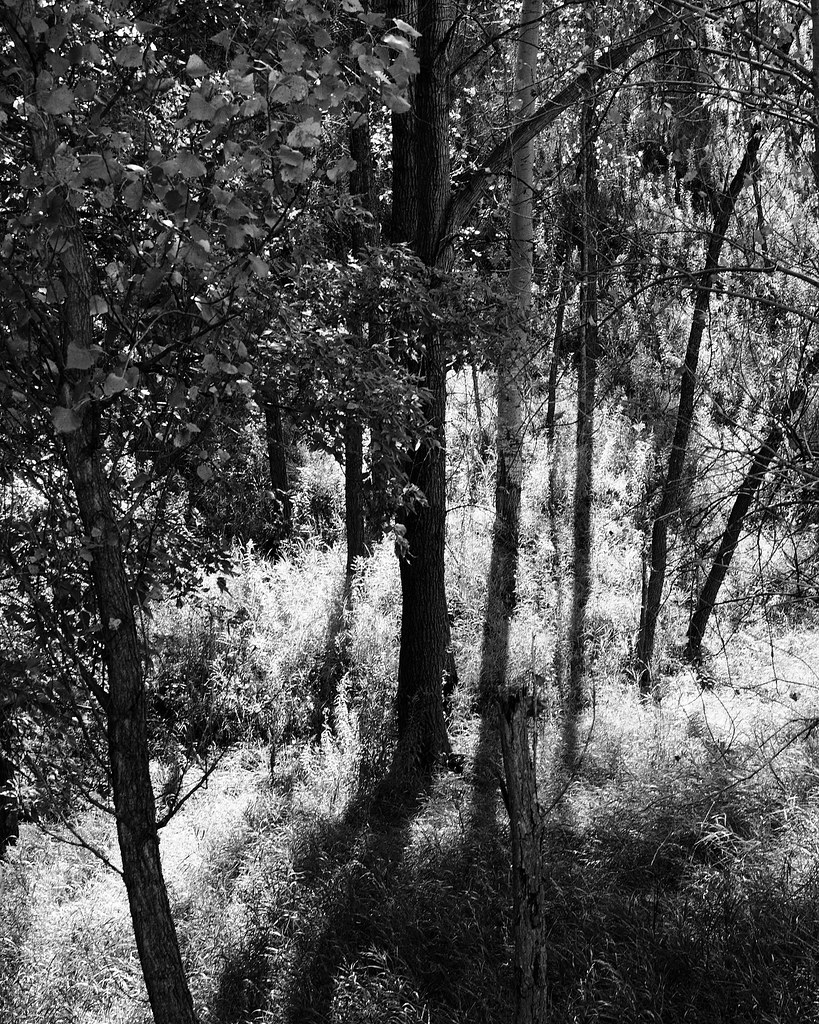Asher Kelman
OPF Owner/Editor-in-Chief
Let's find trees in their natural beauty! So this is not for tree-lawn-pruned specimens, although an arboretum (where they really respect the trees shape) would be fine too as they will have remarkable examples, more diverse than we would otherwise be able to find.
Norman Koren was kind enough to drive me up to the mountains around Boulder Colarado and we walked among the Aspens. I really wonder how the great photographers did so well with film! There's a lot of dynamic range to measure and included. That's why God designed spotmeters, I guess. However, I bracketed but just selected a single exposure using my always hand 50 1.2L on the 5D.

© Asher Kelman 2008 Do not copy, download, edit or use
Just a little higher, the snow is not yet melted. The trees are only just showing a small amount of leaves.
"All the aspens (including White Poplar) typically grow in large colonies derived from a single seedling, and spreading by means of root suckers; new stems in the colony may appear at up to 30–40 m from the parent tree. Each tree only lives for 40–150 years above ground, but the root system of the colony is long-lived, in some cases for many thousands of years, sending up new trunks as the older trunks die off above ground. For this reason it is considered to be an indicator of ancient woodlands. One such colony in Utah, given the nickname of "Pando", is claimed to be 80,000 years old, making it possibly the oldest living colony. Some aspen colonies become very large with time, spreading about a metre per year, eventually covering many hectares. They are able to survive intense forest fires as the roots are below the heat of the fire, with new sprouts growing after the fire is out." Source.
I am not certain whether these are the "Quaking Aspens" that can re-orientate the outer leaves to allow the sunlight to reach the lower leaves.
I admire these trees and will return to photograph them again, but with film.
Asher
Norman Koren was kind enough to drive me up to the mountains around Boulder Colarado and we walked among the Aspens. I really wonder how the great photographers did so well with film! There's a lot of dynamic range to measure and included. That's why God designed spotmeters, I guess. However, I bracketed but just selected a single exposure using my always hand 50 1.2L on the 5D.
© Asher Kelman 2008 Do not copy, download, edit or use
Just a little higher, the snow is not yet melted. The trees are only just showing a small amount of leaves.
"All the aspens (including White Poplar) typically grow in large colonies derived from a single seedling, and spreading by means of root suckers; new stems in the colony may appear at up to 30–40 m from the parent tree. Each tree only lives for 40–150 years above ground, but the root system of the colony is long-lived, in some cases for many thousands of years, sending up new trunks as the older trunks die off above ground. For this reason it is considered to be an indicator of ancient woodlands. One such colony in Utah, given the nickname of "Pando", is claimed to be 80,000 years old, making it possibly the oldest living colony. Some aspen colonies become very large with time, spreading about a metre per year, eventually covering many hectares. They are able to survive intense forest fires as the roots are below the heat of the fire, with new sprouts growing after the fire is out." Source.
I am not certain whether these are the "Quaking Aspens" that can re-orientate the outer leaves to allow the sunlight to reach the lower leaves.
I admire these trees and will return to photograph them again, but with film.
Asher
Last edited:

